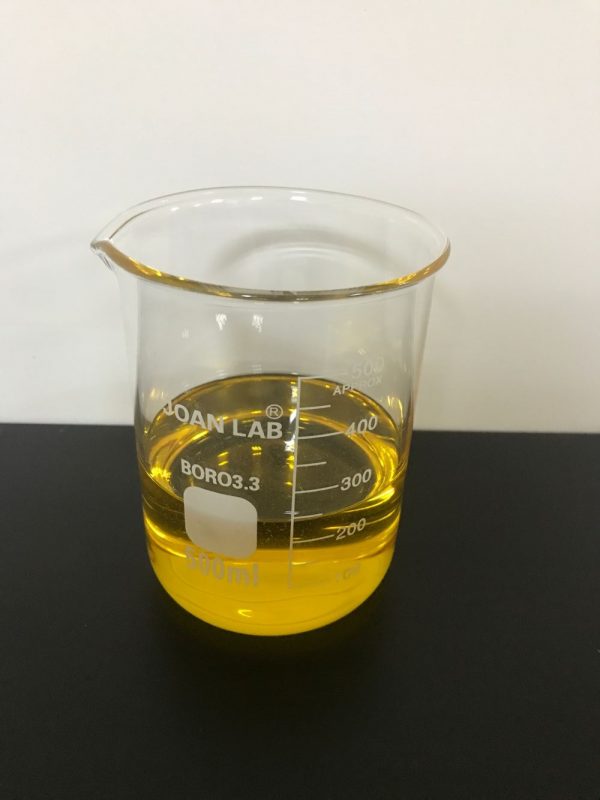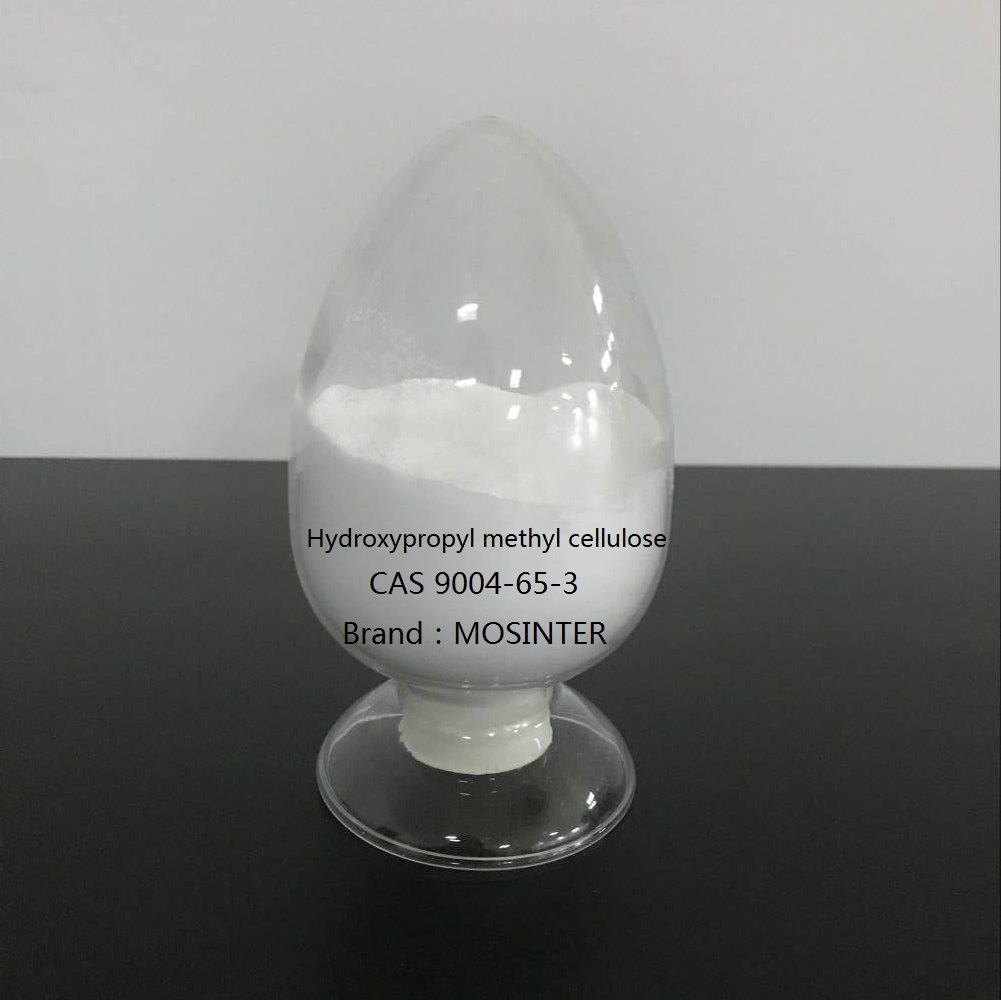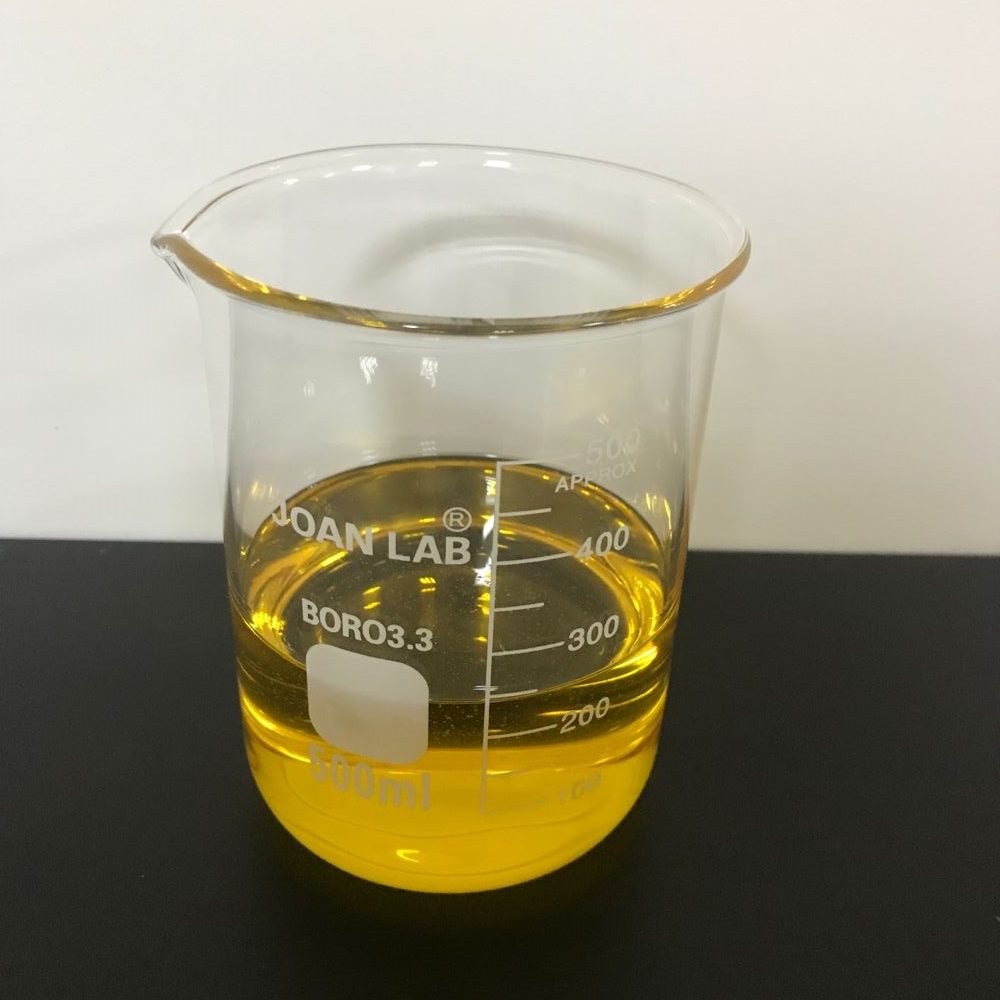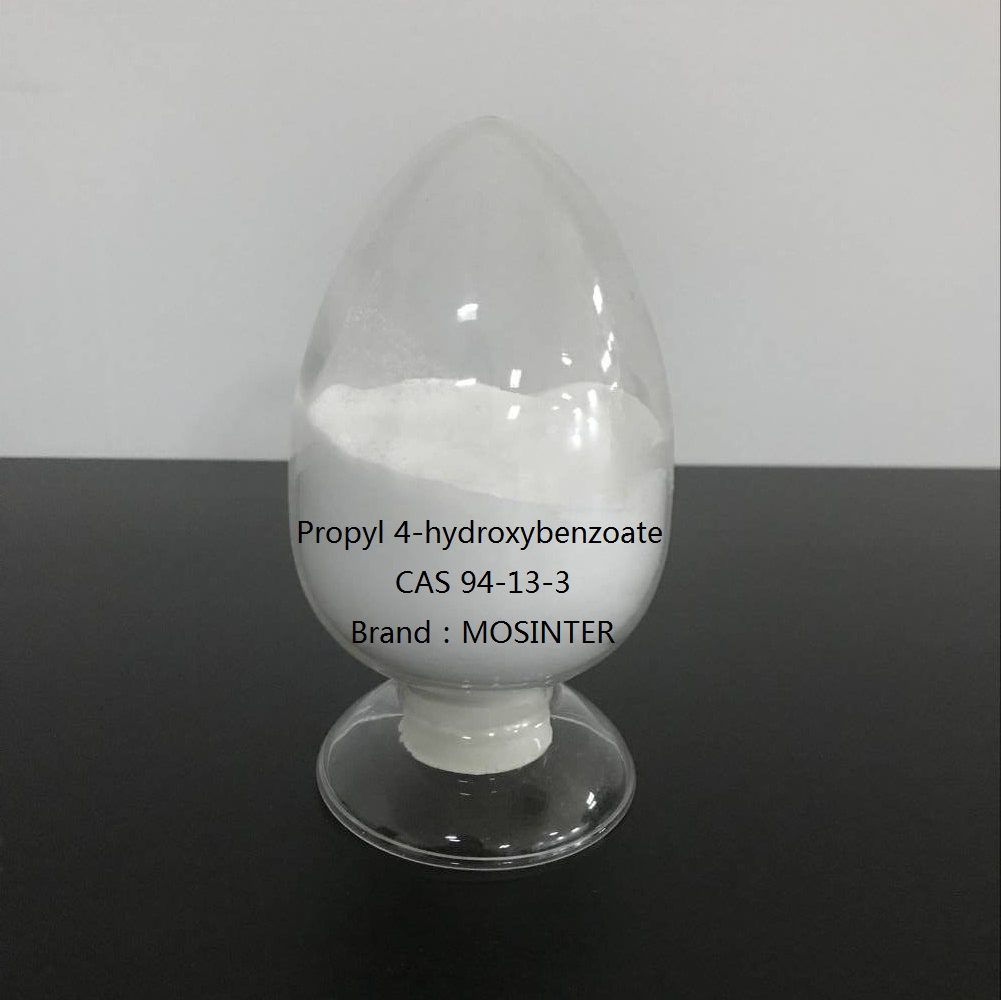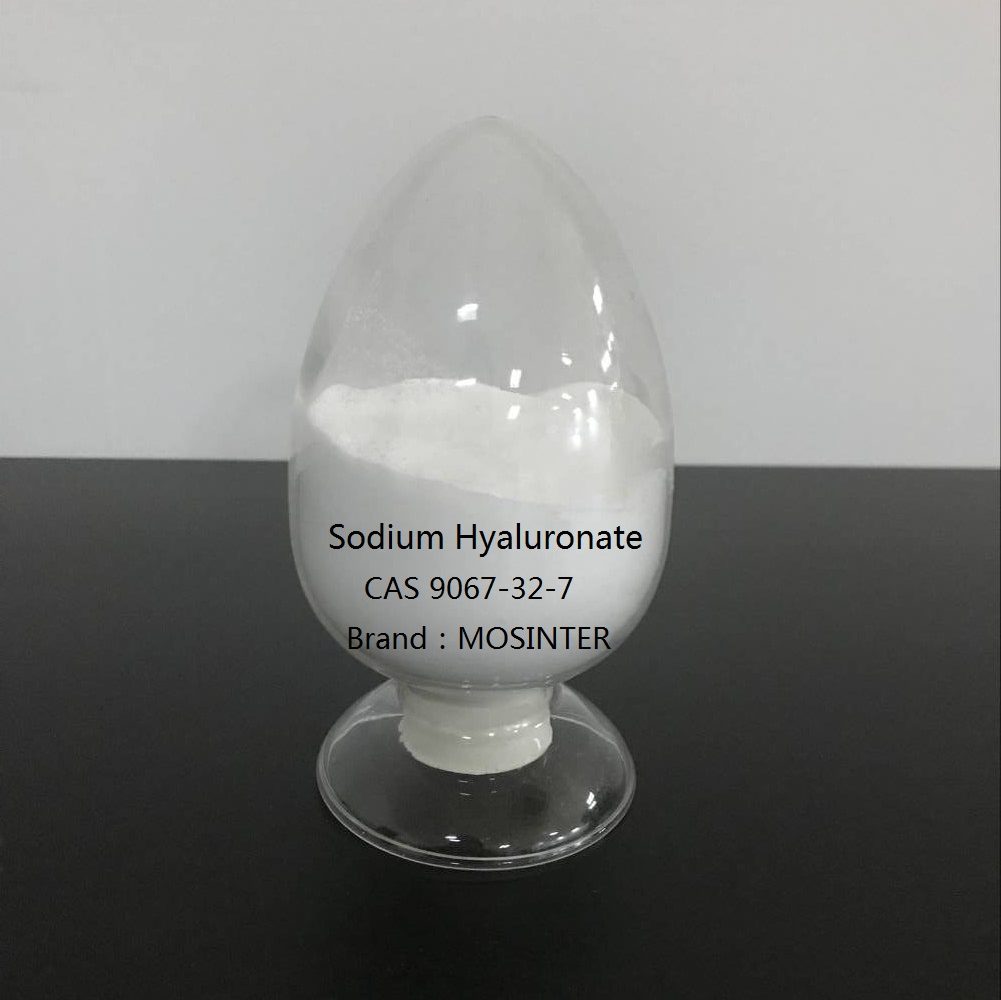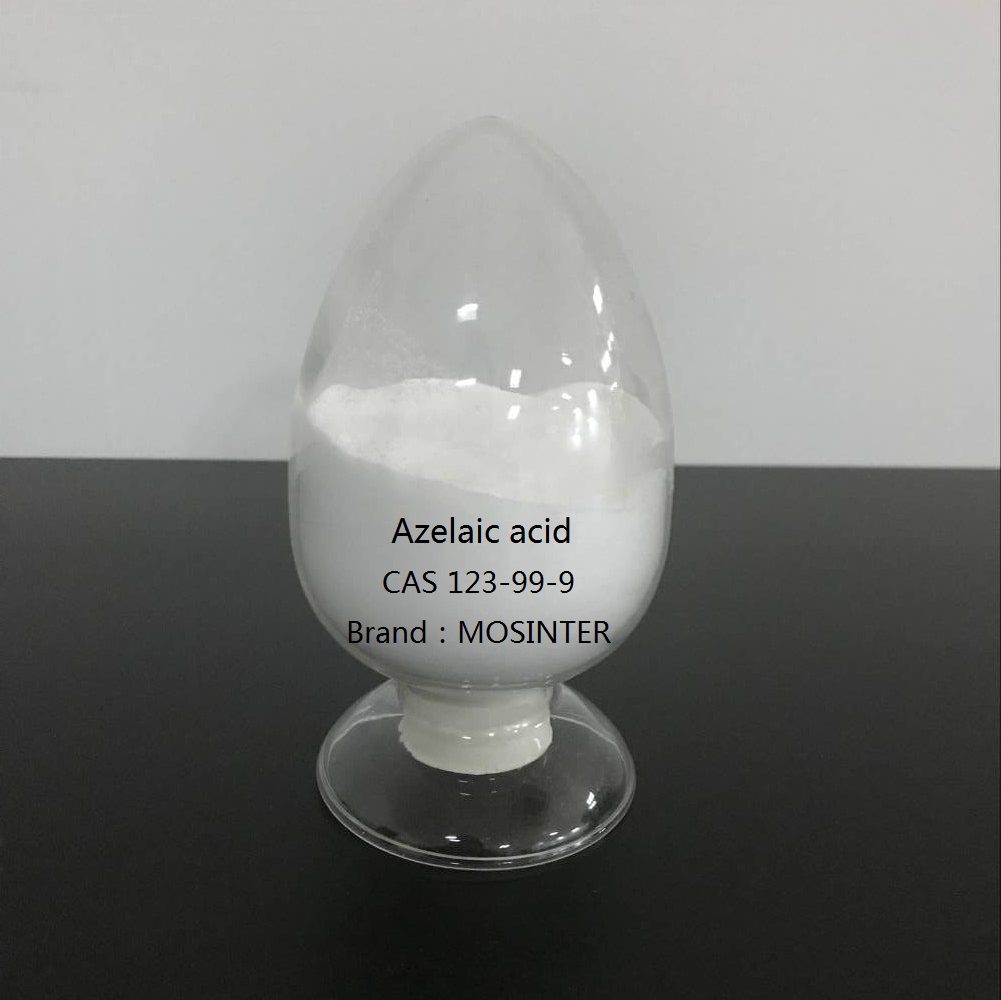- Have any questions?
- +86-189 8930 5995
- sales@mosinterchem.com.cn
Lanolin CAS 8020-84-6

Isopropyl palmitate CAS 142-91-6
21/12/2018
Vitamin E CAS 59-02-9
21/12/2018| Model: | MOS8020-84-6 |
| Brand Name: | MOSINTER |
| CAS No.: | 8020-84-6 |
| Purity: | 99 |
| Appearance: | light Yellow ointment |
| Peroxide value: | 20 max |
| Chroma: | 10 Gardner max |
| Melting point: | 38-44℃ |
| Iodine value: | 18-36 |
| Saponification number mgkoH/g: | 90-105 |
| Residue on ignition: | ≤0.15% |
| Loss on drying: | <0.5% |
| Acid value: | <1.0 |
| Alias: | Lanolin Anhydrous |
Lanolin (CAS: 8020-84-6)
| Item | Index |
| Appearance | light Yellow ointment |
| Chroma | <10 Gardner |
| Peroxide value | <20 |
| Melting point | 38–44℃ |
| Saponification number mgkoH/g | 90-105 |
| I0dine value | 18-36 |
| Loss on drying, % | <0.5% |
| Residue on ignition, % | ≤0.15% |
| Acid value | <1.0 |
| Water-soluble acid & alkali | qualified |
| Water-soluble readily oxidizable substance | qualified |
Composition
A typical high purity grade of lanolin is composed predominantly of long chain waxy esters (circa 97% by weight) the remainder being lanolin alcohols, lanolin acids and lanolinhydrocarbons.
An estimated 8,000 to 20,000 different types of lanolin esters are present in lanolin, resulting from combinations between the 200 or so different lanolin acids and the 100 or so different lanolin alcohols identified so far.
Lanolin’s complex composition of long chain esters, hydroxy esters, diesters, lanolin alcohols, and lanolin acids means in addition to it being a valuable product in its own right, it is also the starting point for the production of a whole spectrum of lanolin derivatives, which possess wide-ranging chemical and physical properties. The main derivatisation routes includehydrolysis, fractional solvent crystallisation, esterification, hydrogenation, and alkoxylation and quaternisation. Lanolin derivatives obtained from these processes are used widely in both high-value cosmetics and skin treatment products.
Hydrolysis of lanolin yields lanolin alcohols and lanolin acids. Lanolin alcohols are a rich source of cholesterol (an important skin lipid) and are powerful water-in-oil emulsifiers; they have been used extensively in skin care products for over 100 years. Interestingly, approximately 40% of the acids derived from lanolin are alpha hydroxy acids (AHAs). The use of AHAs in skin care products has attracted a great deal of attention in recent years. Details of the AHA’s isolated from lanolin can be seen in the table below.
Type of lanolic acidCarbon chain lengthNumber identified
| Alpha hydroxy normal | C13–C24 | 12 |
| Alpha hydroxy iso | C13–C23 | 6 |
| Alpha hydroxy anteiso | C12–C24 | 7 |
Applications
Lanolin ointment
Lanolin and its many derivatives are used extensively in both the personal care (e.g., high value cosmetics, facial cosmetics, lip products) and health care sectors. It is frequently used in protective baby skin treatment and as a treatment for sore nipples in breastfeeding mothers.
Lanolin is used commercially in many industrial products ranging from rust-proof coatings to lubricants. Some sailors use lanolin to create slippery surfaces on their propellers and stern gear to which barnacles cannot adhere. The water-repellent properties make it valuable as a lubricant grease where corrosion would otherwise be a problem.
Lanolin is often used as a raw material for producing cholecalciferol using irradiation. (vitamin D3).
Baseball players often use it to soften and break in their baseball gloves (shaving cream with lanolin is popularly used for this).
Anhydrous lanolin is also used as a lubricant for brass instrument tuning slides.
Lanolin can also be restored to woolen garments to make them water and dirt repellent, such as for cloth diaper covers.
A flaxseed oil-based lubricant commonly known as “wool wax” used to polish wood furniture is unrelated to lanolin; its name comes from its being a paste wax applied using steel wool.
Lanolin is used with alcohol mixed at 110 F temp 2/98 % ratio for brass lubricant in ammunition reloading process.

